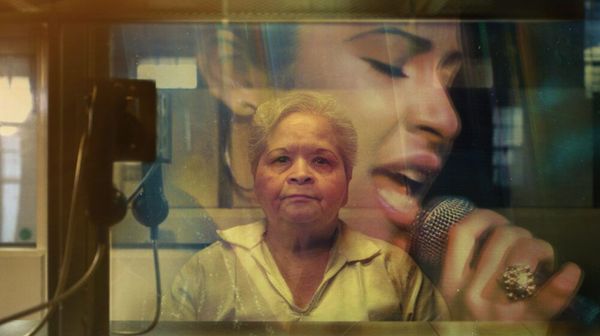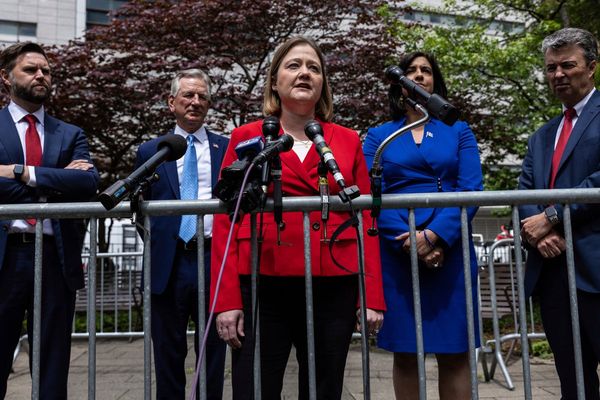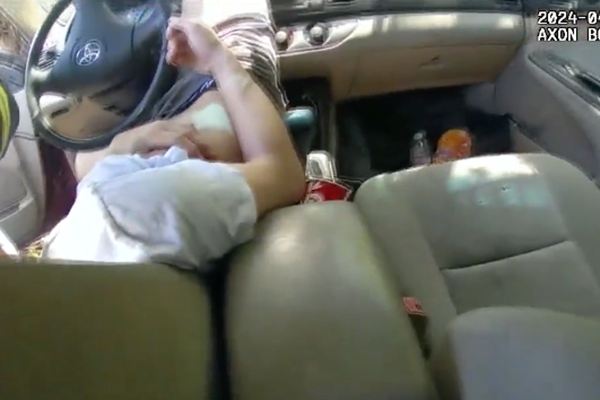I was pleased to see Manny Ramos’s article on the CTA’s attempts to address the problem of ghost buses and trains.
I’m writing now to highlight another side of the story: the potential to rethink mass transit scheduling altogether.
One trend has stood out to me in recent months: workday rush hours are no longer when trains and buses are busiest. Instead, mass transit is used the most on weekends, holidays and immediately before and after major events. As a frequent rider of the Metra Electric, I’ve seen that while trains are virtually empty at 9:30 a.m. on a Monday, they are jam-packed at half past noon on a Sunday.
The obvious explanation is that, because of the work-from-home revolution, people’s relationship to urban travel has changed. We were once too tired of our regular commutes to take yet another trip into the city on a Saturday, but the opposite is the case now. People feel cooped up in their homes and are going out exploring on the weekends. When I see the CTA and Metra packed, it’s often by large families at what were traditionally off-peak times.
The main lesson the CTA and Metra must learn from this new reality is to reduce excessive rush hour scheduling. Consider, again, the Metra Electric. At the station nearest my home, 59th St./University of Chicago, inbound trains arrive at 7:00, 7:04, 7:15, 7:34, 7:39, 7:43, 7:51, 7:53, and 7:58 on weekday mornings, nine trains an hour. Compare this to the rest of the day, when frequency falls to just three.
According to Metra’s website, all but one of those nine trains have “low crowding potential.” In other words, commuters aren’t swarming these trains to get into the Loop. The trains and their crews could be redistributed to provide a higher service frequency throughout the day and night. On Friday nights, for example, there’s just one southbound train in the 10-to-11 p.m. timeframe — on a night of the week when folks are likely to be coming home from a show, a restaurant, a night out on the town. Why not shift some of those underused morning runs to the under-serviced evenings?
The same applies to CTA. All of the articles I’ve read suggest that ghost trains and buses are far more common on weekends than weekdays, even though weekends are becoming “peak” times.
Chicagoans want to patronize mass transit, but we need to provide safe, reliable, and frequent service. Adjusting scheduling patterns to better fit the post-pandemic rider’s traveling needs would be one step in that direction.
Kristóf Z. Oltvai, Woodlawn
Pay more attention to CTA tracking
So much of the discussion about spotty CTA service has over-complicated the trackers in the Ventra app by trying to describe the mix of scheduled service with real-time trackers.
Here’s a tip: if you see a wifi-type symbol next to the arrival time, that is a live tracker and the bus or train will very likely show up. If you see a clock-like symbol, that indicates only scheduled service and is highly unlikely to be accurate. I struggle to understand outrage about the scheduled times being inaccurate when you can very easily check for the live-status service and plan your trip accordingly.
Gus Haffner, Lake View







